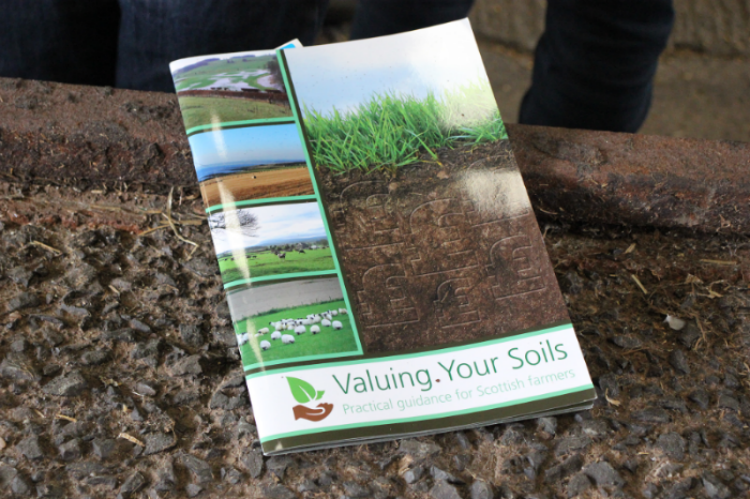It can take 500 years to replace 25 mm (1 inch) of topsoil, yet in the UK it is estimated that 2.9 million tonnes of soil are eroded each year, and soil quality is diminished by poor practices.
The brochure, funded by CREW and produced by SRUC in partnership with stakeholders, includes useful information about Scotland’s agricultural soils and practical advice outlining the upfront financial savings and business benefits of better soil management and the efficient use of resources. Action and problem-specific ‘field-sheets’ are designed for busy farmers with limited time for reading. The appendix contains more detailed technical information and research case studies highlighting evidence from current investigations of Scottish farm soils.
New information to support the Valuing your Soils brochure includes:
- Practical ideas to protect soils and reduce diffuse pollution risks available here
- Although there is no ‘one-size-fits-all’ approach, this additional guide looks at how much some of these measures cost and how easy they are to put into practice
- The CREW team have also put together a technical report highlighting the main routes soils and nutrients are lost to the water environment “A state of knowledge overview of identified pathways of diffuse pollutants to the water environment”
Further information:
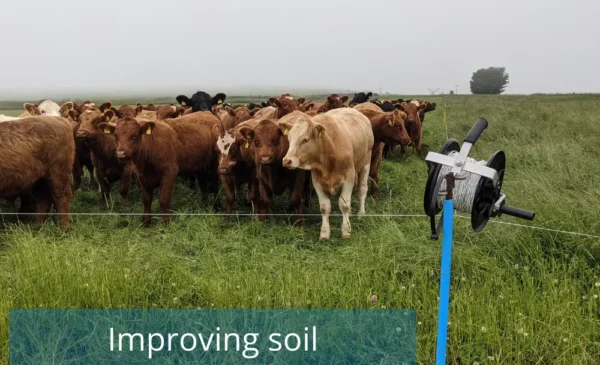
Improving soil management on the Balcaskie Estate
Listen to steps taken by Balcaskie Estate Manager Sam Parsons and how he has introduced mob grazing to the benefit of both livestock production and soil management.
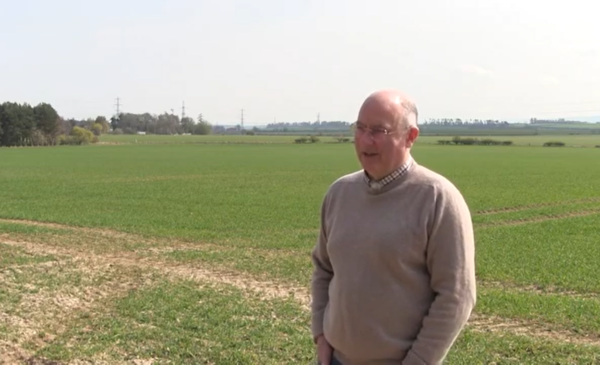
Improving soil management with reduced inversion farming at Preston Hall Farm
We hear from Bill Gray, Farm Manager at Preston Hall Farms, who gives an insight into how the estate manages their cropping systems to improve soil structure. Joanna Cloy, a Researcher at SRUC explains the importance for farmers to make small changes to their systems to reduce pollution whilst improving their farm's productivity.
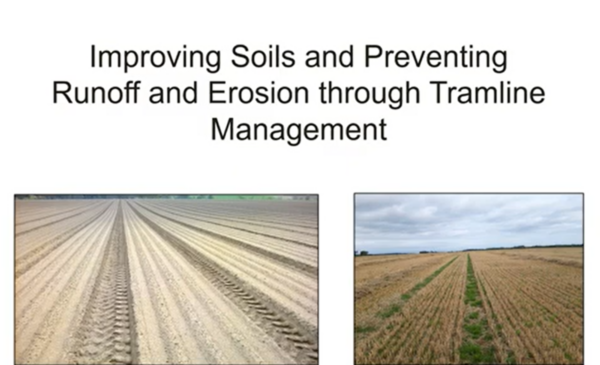
Improving Soils and Preventing Runoff and Erosion Through Tramline Management
Tramlines are a major diffuse pollution pathway. Controlled traffic farming (CTF) systems reduce soil damage, can increase yield and save both fuel and time.
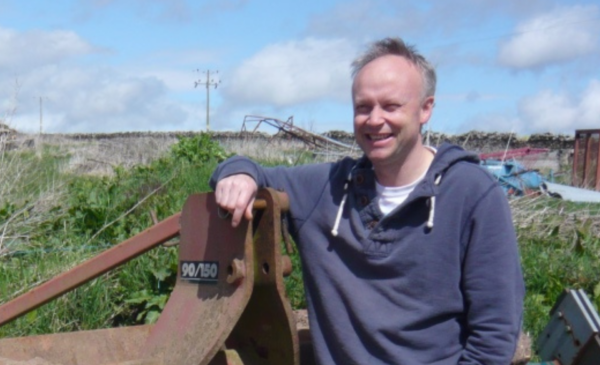
Protecting Soils using Controlled Traffic Systems with Robert Ramsay at West Mains of Kinblethmont
Short video with Robert Ramsay from West Mains of Kinblethmont, Angus, explaining how controlled traffic farming systems, involving set tracks identified by GPS satellite links, can improve yields by protecting farm soils from problems such as compaction.
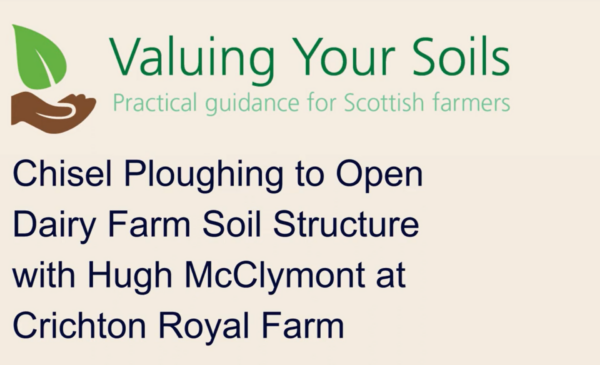
Chisel Ploughing to Open Dairy Farm Soil Structure with Hugh McClymont at Crichton Royal Farm
Short video with Hugh McClymont from SRUC's Crichton Royal Farm in Dumfries promoting good soil management in a grassland system with high rainfall.
Short video with Hugh McClymont from SRUC’s Crichton Royal Farm in Dumfries promoting good soil…

